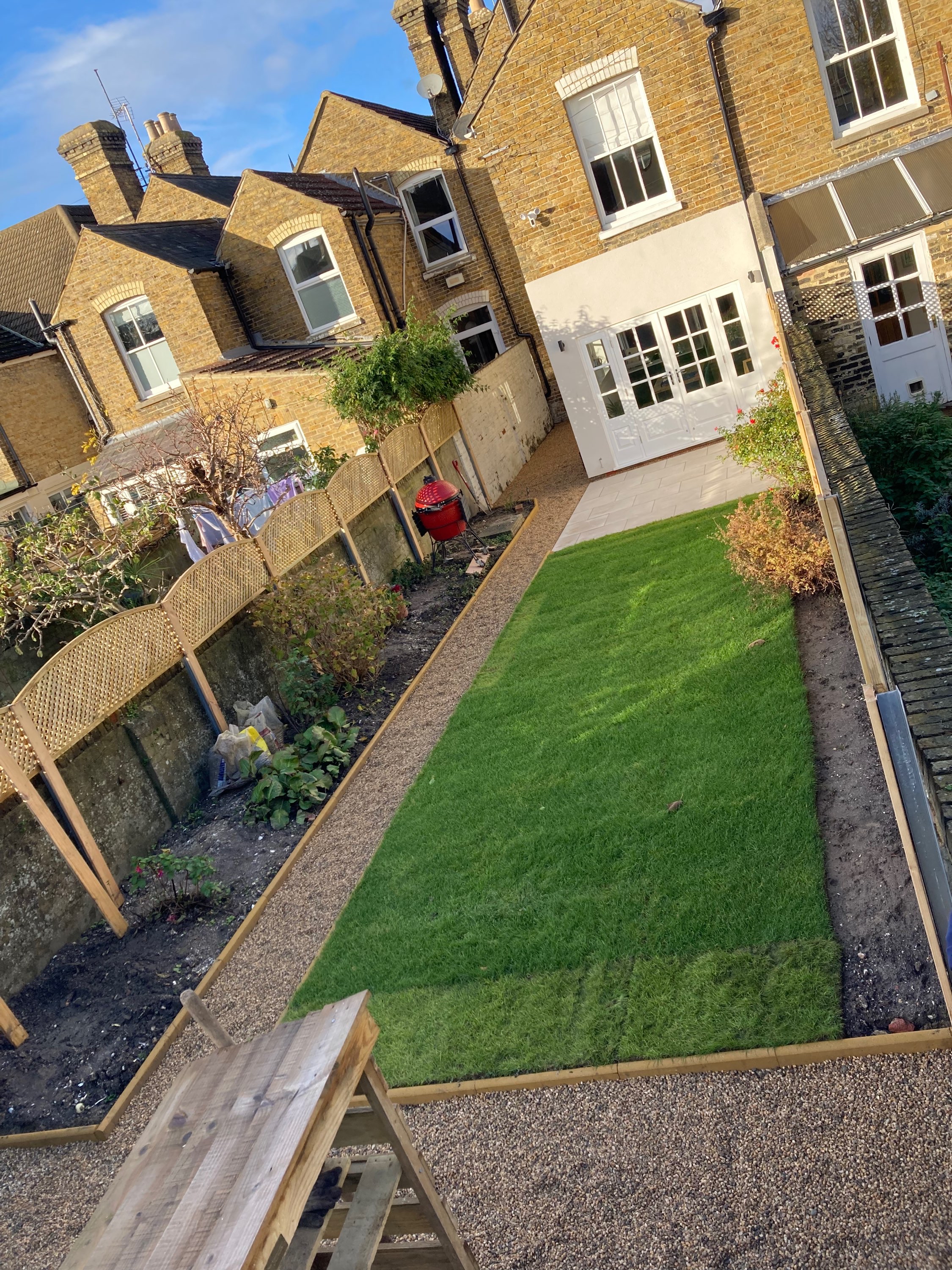February Garden Design and Planting Tips: Preparing for Spring's Arrival
- Michael Hougham
- Feb 20, 2024
- 2 min read
Introduction: As the last traces of winter linger and hints of spring begin to appear, February is a crucial month for gardeners to prepare for the upcoming growing season. With thoughtful planning and strategic planting, you can lay the groundwork for a vibrant and bountiful garden in the months ahead. In this blog post, we'll explore some essential garden design and planting tips tailored specifically for February.
Assess Your Garden Space: Take advantage of the quieter winter months to assess your garden space. Consider factors such as sunlight exposure, soil quality, and existing plantings. This evaluation will inform your decisions when planning new additions or rearranging existing beds.
Plan Your Garden Layout: Use this time to sketch out your garden layout for the upcoming season. Determine the placement of vegetable beds, flower borders, and any additional features such as paths or seating areas. A well-thought-out plan will maximize space and ensure a harmonious design.
Start Seeds Indoors: February is the perfect time to start seeds indoors for plants that require a longer growing season. This includes warm-season vegetables like tomatoes, peppers, and eggplants, as well as annual flowers and herbs. Set up a designated area with adequate light and warmth to encourage healthy seedling growth.
Prune and Tidy Up: Take advantage of the dormant season to prune deciduous trees and shrubs. Remove any dead or diseased branches, and shape plants as needed to promote strong growth. Additionally, tidy up garden beds by clearing away debris, fallen leaves, and weeds to create a clean slate for spring planting.
Plant Cool-Season Vegetables: In regions with milder winters, February is the time to start planting cool-season vegetables outdoors. Sow seeds or transplant seedlings of crops such as lettuce, spinach, kale, carrots, and radishes. These hardy vegetables will thrive in the cool temperatures of late winter and early spring.
Prepare the Soil: Before planting, take steps to improve soil quality by adding compost, organic matter, or other soil amendments. Turn the soil to aerate it and break up any compacted areas. Proper soil preparation will create an optimal growing environment for your plants.

: By implementing these garden design and planting tips in February, you can set the stage for a successful and productive growing season. Whether you're starting seeds indoors, preparing soil beds, or planning new garden layouts, now is the time to take action and prepare for the abundance of spring. Embrace the opportunities that February brings, and watch your garden flourish in the months ahead. Happy gardening!
.jpg)








Comments